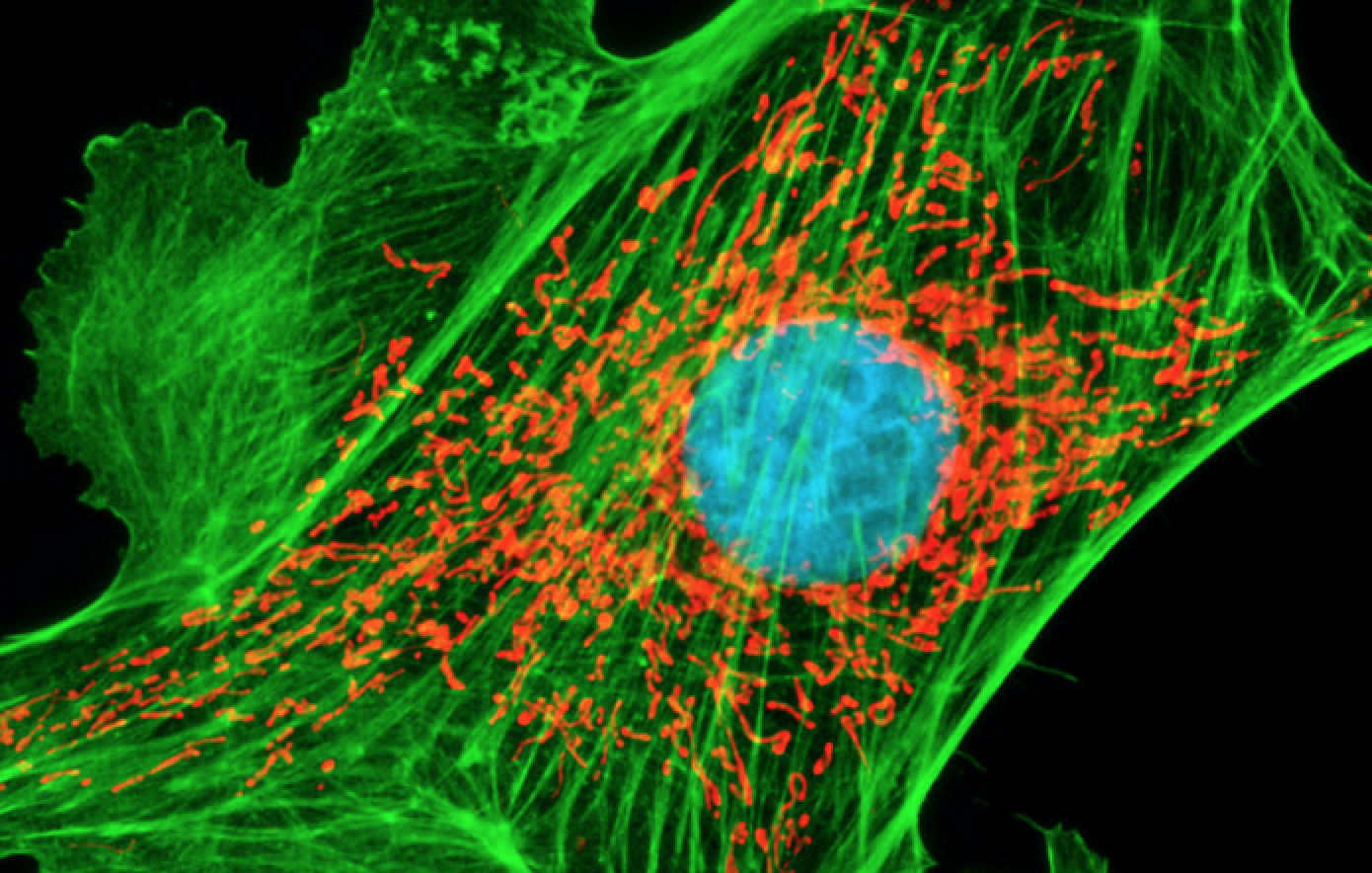A rationale for fluorescent dyes is the highly specific visualization of cellular components with the help of fluorescent agents. It can be a fluorescent protein, such as GFP, that is genetically associated with the protein of interest. If cloning is not possible, use techniques such as immunofluorescence staining in histological samples to visualize the protein of interest. For this purpose, antibodies linked to different fluorescent dyes and directly or indirectly bound to appropriate target structures are used. With the help of fluorescent dyes, fluorescence microscopy is not limited to proteins but can also be used to detect nucleic acids, glycans and other structures. Various live cell dyes for specific applications are even available that allow selective staining of organelles (e.g. ER, mitochondria, Golgi) or functional assays. For example, such as live cell tracking, labeling, cell proliferation or live dead cell assays, where fluorescence is the readout. Even non-biological substances such as calcium ions can be detected.
During fluorescence display, there are two ways to display your protein of interest. Either by genetically linking the fluorescent protein to the target protein by means of an intrinsic fluorescent signal or by means of a fluorescently labeled antibody that specifically binds to the target protein. For some biological problems, it is more useful or even necessary to perform the latter problem. For example, in the case of histological samples, it is not possible to use fluorescent proteins, since usually the samples are from organisms that do not contain any fluorescent proteins. Another disadvantage of fluorescent proteins is that they are inherently proteinaceous. With it, they have specific protein signatures within the cell, which can lead to dysfunction or misinterpretation of the attached protein of interest. However, it should be considered that the use of fluorescent proteins is often the method of choice for studying living cells.
Immunofluorescence exploits the very specific binding affinity of an antibody to its antigen. This can have two different appearances. The simplest method is to use a fluorescently labeled antibody that binds to the protein of interest. This is called direct immunofluorescence.
In most cases, two forms of the antibody are used. The first binds to the target protein and has no fluorescent label (primary antibody) itself. But the second antibody (secondary antibody) with the primary anti-TB specifically carries a fluorescent dye. This method, called indirect immunofluorescence, has several advantages. On the one hand there is an amplification effect because more than one secondary antibody is associated with one primary antibody TB. On the other hand, secondary antibodies are often easier to find than specific primary antibodies labeled with common fluorochromes.









